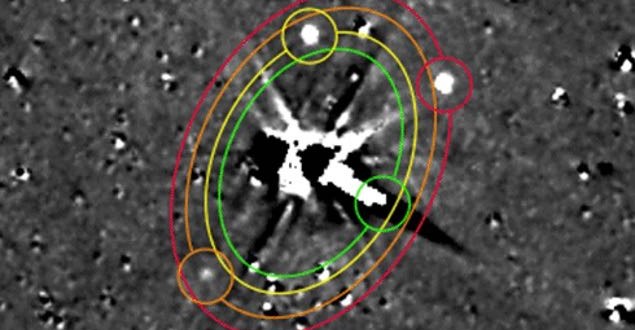For the first time, NASA’s New Horizons spacecraft has photographed Kerberos and Styx – the smallest and faintest of Pluto’s five known moons.
It completes the Pluto family as of now. If the spacecraft observes any additional moons as it gets closer to Pluto, they will be worlds that no one has seen before.
“New Horizons is now on the threshold of discovery,” said John Spencer, mission science team member from the Southwest Research Institute in Boulder, Colorado.
Following the spacecraft’s detection of Pluto’s giant moon Charon in July 2013 and Pluto’s smaller moons Hydra and Nix in July 2014 and January 2015, respectively, New Horizons is now within sight of all the known members of the Pluto system.
Drawing ever closer to Pluto in mid-May, New Horizons will begin its first search for new moons or rings that might threaten the spacecraft on its passage through the Pluto system.
The images of faint Styx and Kerberos are allowing the search team to refine the techniques they will use to analyse those data, which will push the sensitivity limits even deeper.
Kerberos and Styx were discovered in 2011 and 2012, respectively, by New Horizons team members using the Hubble Space Telescope.
Styx, circling Pluto every 20 days, is likely just 21km in diameter, and Kerberos, with a 32-day period, is just 10-30km in diameter.
The images detecting Kerberos and Styx were taken with New Horizons’ most sensitive camera, the Long Range Reconnaissance Imager (LORRI).
“Detecting these tiny moons from a distance of more than 55 million miles is amazing,” added New Horizons principal investigator Alan Stern.
Other unlabelled features in the processed images include the imperfectly removed images of background stars and other residual artifacts.
Agencies/Canadajournal
 Canada Journal – News of the World Articles and videos to bring you the biggest Canadian news stories from across the country every day
Canada Journal – News of the World Articles and videos to bring you the biggest Canadian news stories from across the country every day



